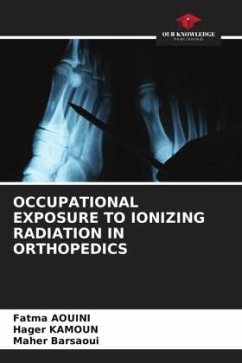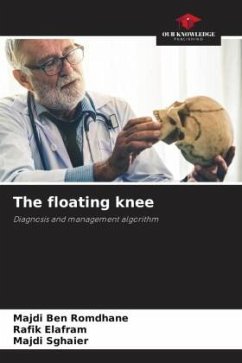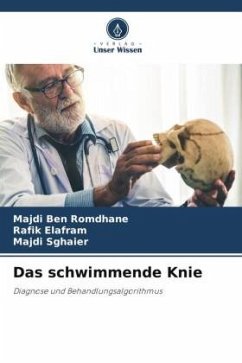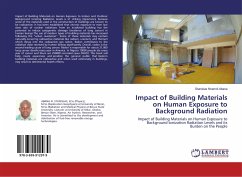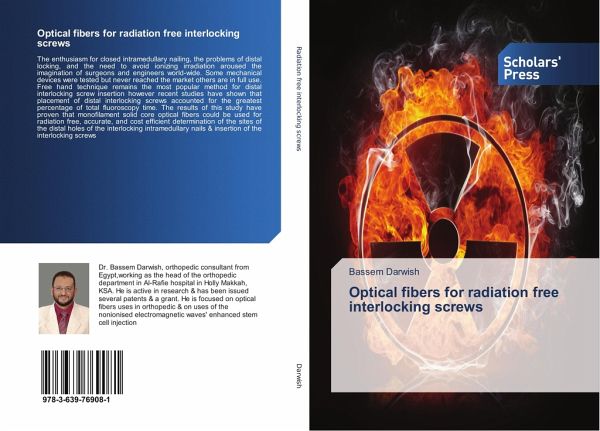
Optical fibers for radiation free interlocking screws
Versandkostenfrei!
Versandfertig in 6-10 Tagen
34,99 €
inkl. MwSt.

PAYBACK Punkte
17 °P sammeln!
The enthusiasm for closed intramedullary nailing, the problems of distal locking, and the need to avoid ionizing irradiation aroused the imagination of surgeons and engineers world-wide. Some mechanical devices were tested but never reached the market others are in full use. Free hand technique remains the most popular method for distal interlocking screw insertion however recent studies have shown that placement of distal interlocking screws accounted for the greatest percentage of total fluoroscopy time. The results of this study have proven that monofilament solid core optical fibers could ...
The enthusiasm for closed intramedullary nailing, the problems of distal locking, and the need to avoid ionizing irradiation aroused the imagination of surgeons and engineers world-wide. Some mechanical devices were tested but never reached the market others are in full use. Free hand technique remains the most popular method for distal interlocking screw insertion however recent studies have shown that placement of distal interlocking screws accounted for the greatest percentage of total fluoroscopy time. The results of this study have proven that monofilament solid core optical fibers could be used for radiation free, accurate, and cost efficient determination of the sites of the distal holes of the interlocking intramedullary nails & insertion of the interlocking screws



